May 14, 2025 | 22:09 GMT +7
May 14, 2025 | 22:09 GMT +7
Hotline: 0913.378.918
May 14, 2025 | 22:09 GMT +7
Hotline: 0913.378.918
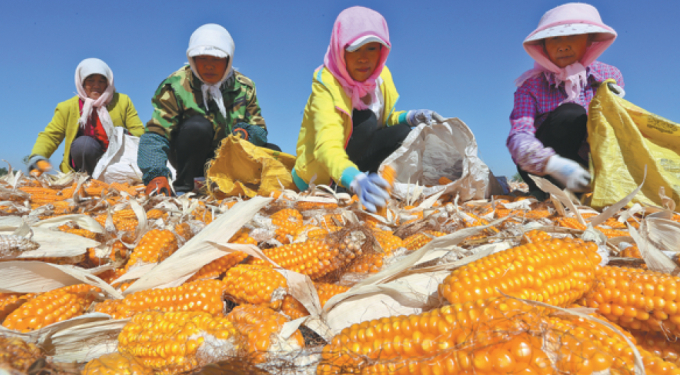
Corn prices in China rose to record highs due to amid a domestic shortfall in supply. Photo: TL.
Chinese feed producers, hog farmers and traders have been scouring the world for supplies amid a shortage in domestic supply, provoking record highs in corn prices, according to Vietnam Industry and Trade Information Center, Ministry of Industry and Trade.
The purchases have made China the world's top grain importer, beating the previous records and changing China’s image as a self-sufficient player in grain markets. It is also reshaping the global grain market and is likely to fuel global inflation in 2021.
According to international analysts and investors, the country’s buying and difficulties facing other key grain-producing countries have triggered a surge in the price of corn, wheat and barley, sending shocks to sectors to grain-reliant sectors in the coming months.
The US Department of Agriculture (USDA) forecasts that China's 2020-2021 corn imports are likely to rise to a record 24 million tonnes, which is attributed to a soar in demand for animal feed as the hog herds have recovered after African swine fever hit the sector.
Wheat and rice in China have long mainly been consumed as food. Nevertheless, soaring corn prices are caused feed producers to turn to wheat and rice as animal feed in China thanks to their availability.
The amount of wheat used for animal feed in given period in the country is projected to reach at a record high of 30 million tonnes, which means an increase of 10 million tonnes year on year, due to record auction volume of domestic wheat and higher output of mixed feed.
Soaring corn prices have pushed wheat auction volumes in China to a record high, with more than 12 million tonnes being sold out in January. Since December 2020, wheat prices in China, for the first time, have been lower than those of corn for more than 6 years.
China's wheat imports have also been on the rise for six consecutive months to 10 million tonnes, a record high in over the last 25 years. Although most imported wheat is mainly allocated for human consumption, it is now also made a substitute grain for livestock in the southern region of the country as the wheat imported price is relatively lower than that of domestic corn.
Meanwhile, rice is not widely used as animal feed, due to its higher price compared to other grains. However, it is worth noting that some animal feed producers in China started to use rice in animal feed’s ingredients, especially now that the gap between corn prices and rice prices have been narrowed down.
China has auctioned off older stocks of rice from state reserves at low prices, recently targeting auctions specifically for feed use. In February 2021, rice consumption in China has gone up by 1.5 million tonnes, the majority of which is used for animal feed production. In this case, rice has to be milled by a state-owned enterprise and the ratio of the main ingredients - rice/wheat ratio is 85/15. The feed can be used for poultry, as profit margins in this sector are shrinking.
Demand for cheap rice in China has driven higher imports in recent months, especially from Myanmar and Pakistan. In addition, for the first time in decades, China began importing broken rice from India, which is believed to be used as animal feed. As more domestic feed, especially older stocks of rice from state reserves, is in demand, China's rice exports to certain markets are expected to decline.
The use of wheat and rice as feed ingredients is deemed as a short-term solution to the rampant demand as it is only viable when sufficient quantities of wheat and rice are provided in the market, and their prices are lower than those of corn. When the old stocks drop, the use of these two grains for feed in China is likely to fall.
Translated by Thu Hang
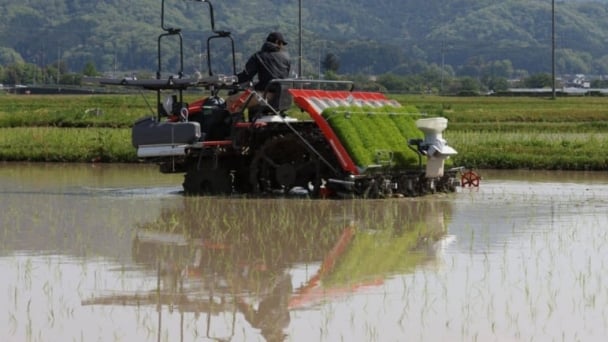
(VAN) Japan's efforts to lower the price of rice through the release of its stockpile may finally be making some progress, albeit at a snail's pace.
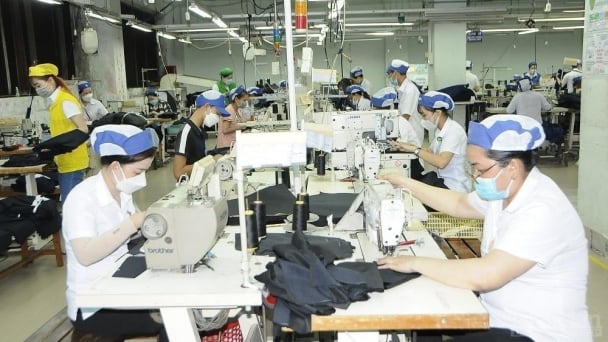
(VAN) U.S. tariffs are not only a 'shock', but also an opportunity for Vietnamese businesses to renew their mindset toward comprehensive development.

(VAN) As Bac Giang lychee enters the harvest season, Minister Do Duc Duy expects that the fruit will contribute greatly to agricultural exports due to standardized production and deep processing.
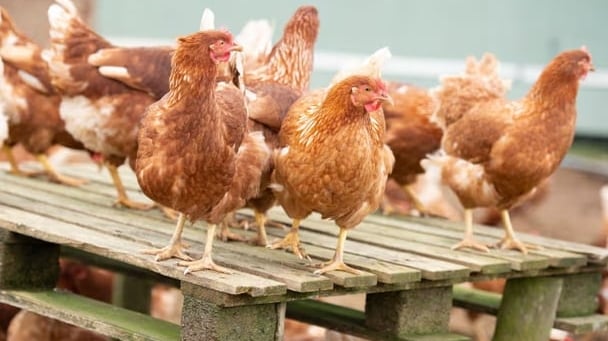
(VAN) Consumers have shown a preference for free-range eggs, but those farming systems are more vulnerable to biosecurity risks like bird flu.
/2025/05/09/5701-1-184335_301.jpg)
(VAN) Vietnam’s eel exports nearly doubled thanks to a mud-free farming model, opening up new prospects while still facing numerous barriers related to international standards.

(VAN) Minister Do Duc Duy warned that if production is not professionalized and supply chains are not transparent, the U.S. market could become a growth bottleneck.
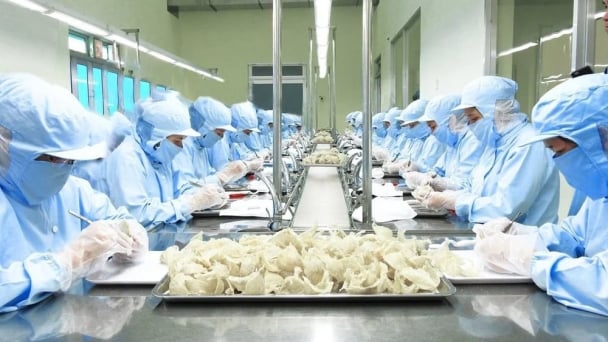
(VAN) Delegating surveillance responsibilities to local authorities is a cost-saving and efficiency-boosting measure that removes a key bottleneck for enterprises, according to Director General Duong Tat Thang.